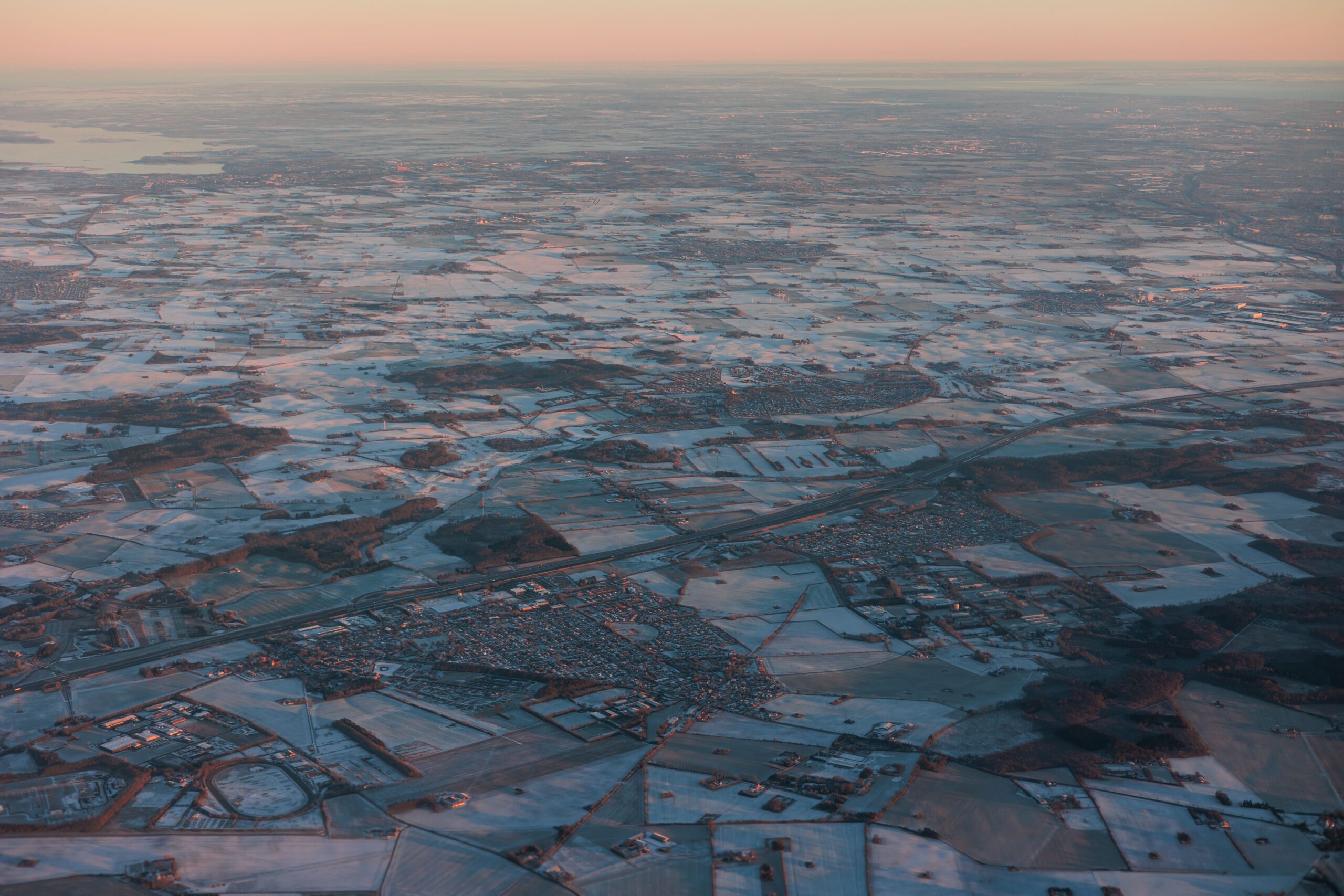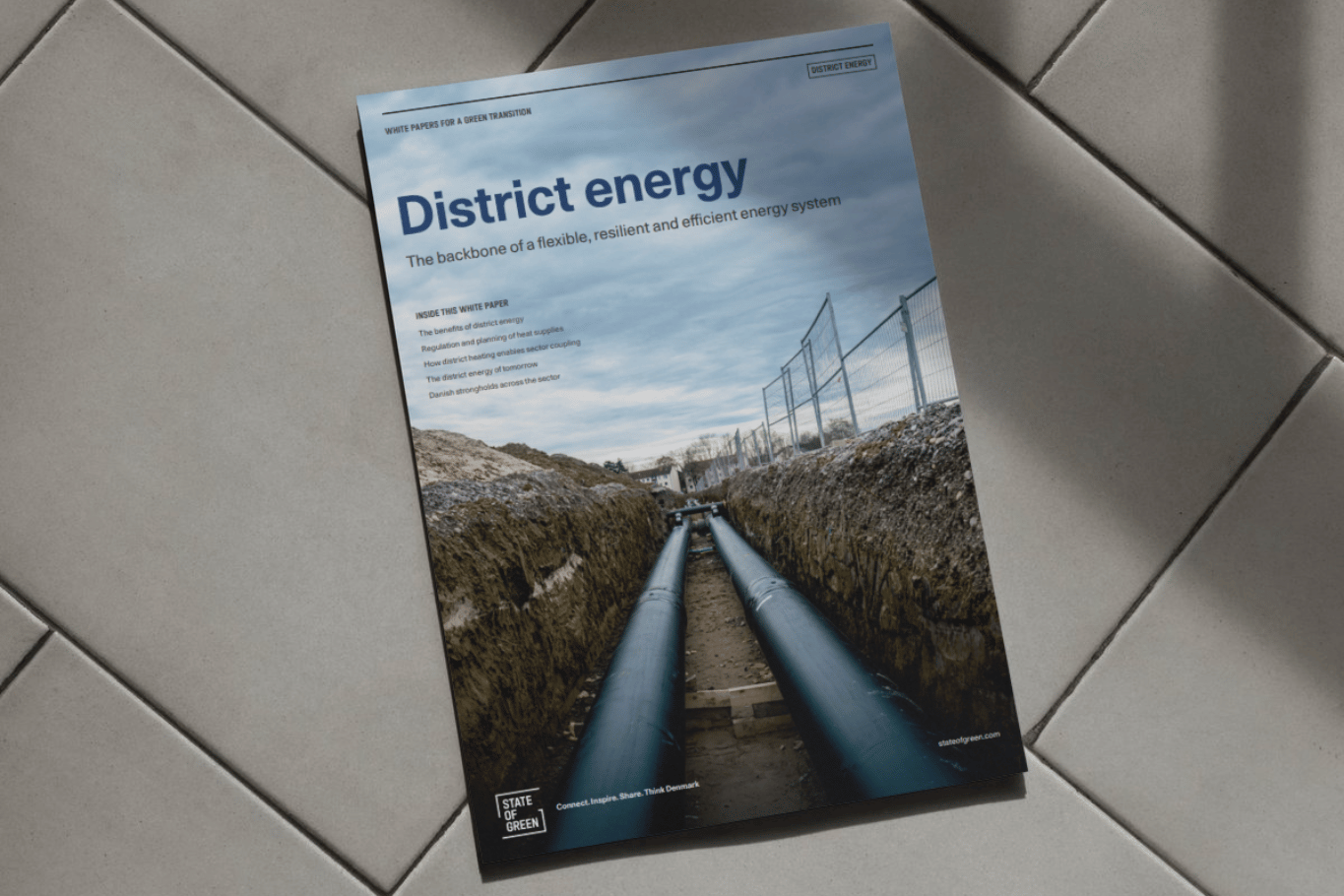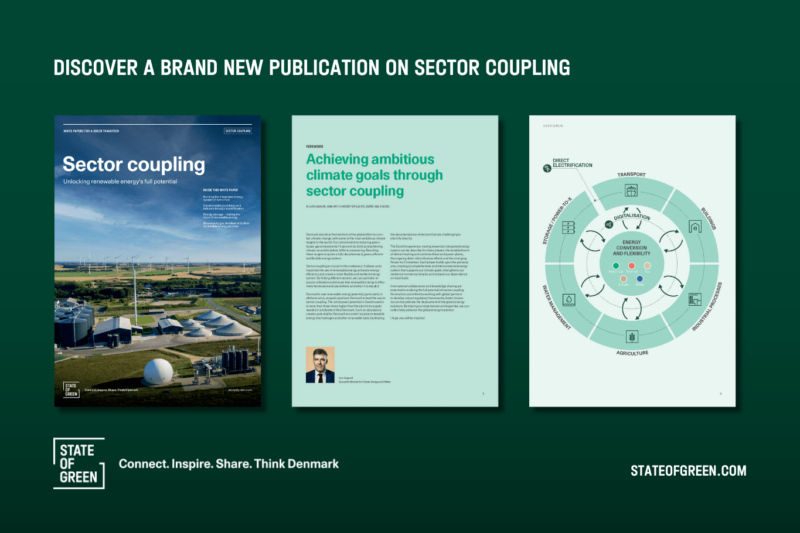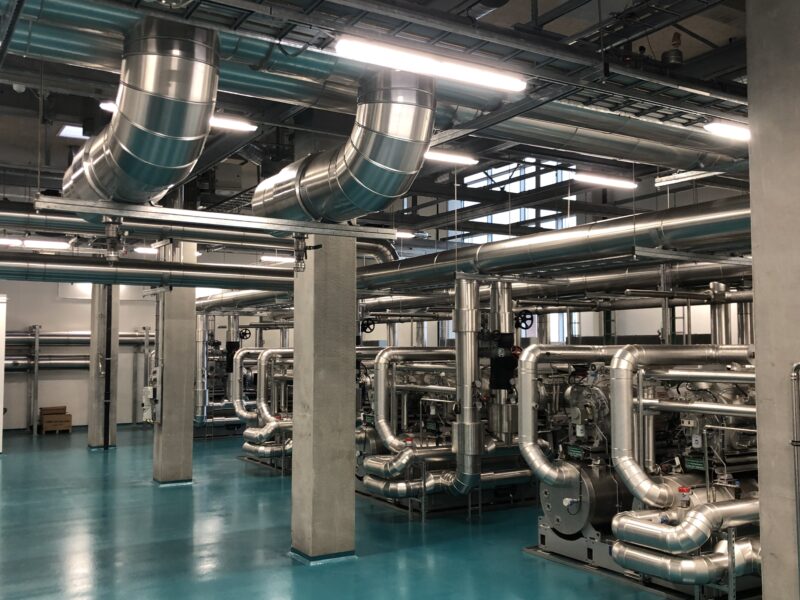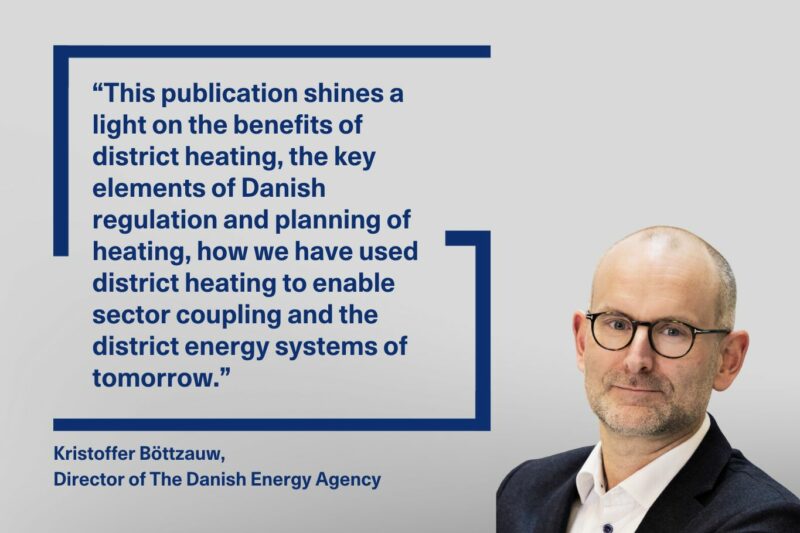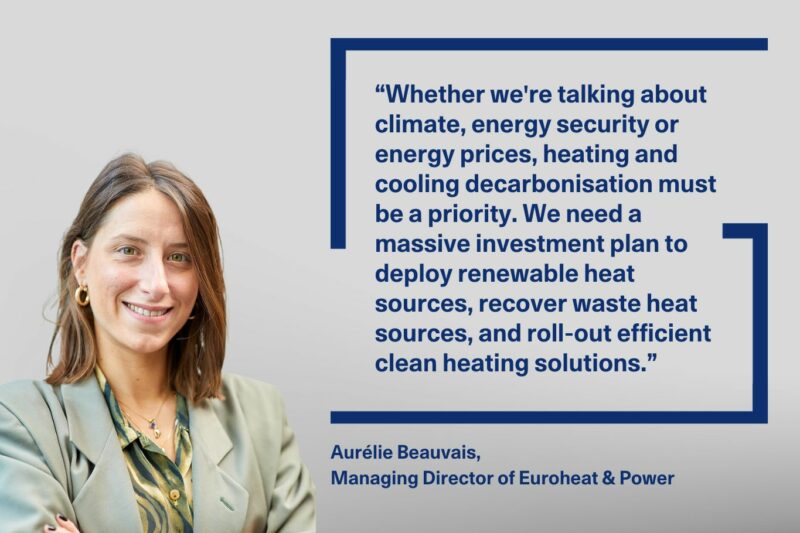A focus on geothermal potential
The geothermal facility, planned for Lyngby-Taarbæk municipality, will have a capacity of 26 MW—enough to provide heat for 10,000 households. While the exact site is yet to be determined, seismic surveys are underway to identify suitable locations. If all goes as planned, drilling will begin in 2026, and the facility will start delivering heat by 2028.
Geothermal energy uses heat stored in the earth’s subsurface, typically found 1–3 kilometres underground. In Denmark, geothermal water temperatures range from 30 to 80°C. The extracted heat is transferred to the district heating network through a closed-loop system that reinjects the cooled water back into the ground. When powered by renewable electricity, this process is CO2-neutral and releases no harmful particles.
“The geological conditions in Greater Copenhagen are particularly well-suited for geothermal energy. This project can demonstrate how geothermal energy can become a key component in diversifying the energy sources used for district heating,” Samir Abboud, CEO of Innargi.
Strengthening energy resilience
By incorporating geothermal energy into Greater Copenhagen’s district heating network, the initiative not only contributes to the region’s climate goals but also enhances energy security. The collaboration between Vestforbrænding and Innargi is set to highlight the potential for geothermal energy to play a role in Denmark’s broader transition to renewable energy systems.
